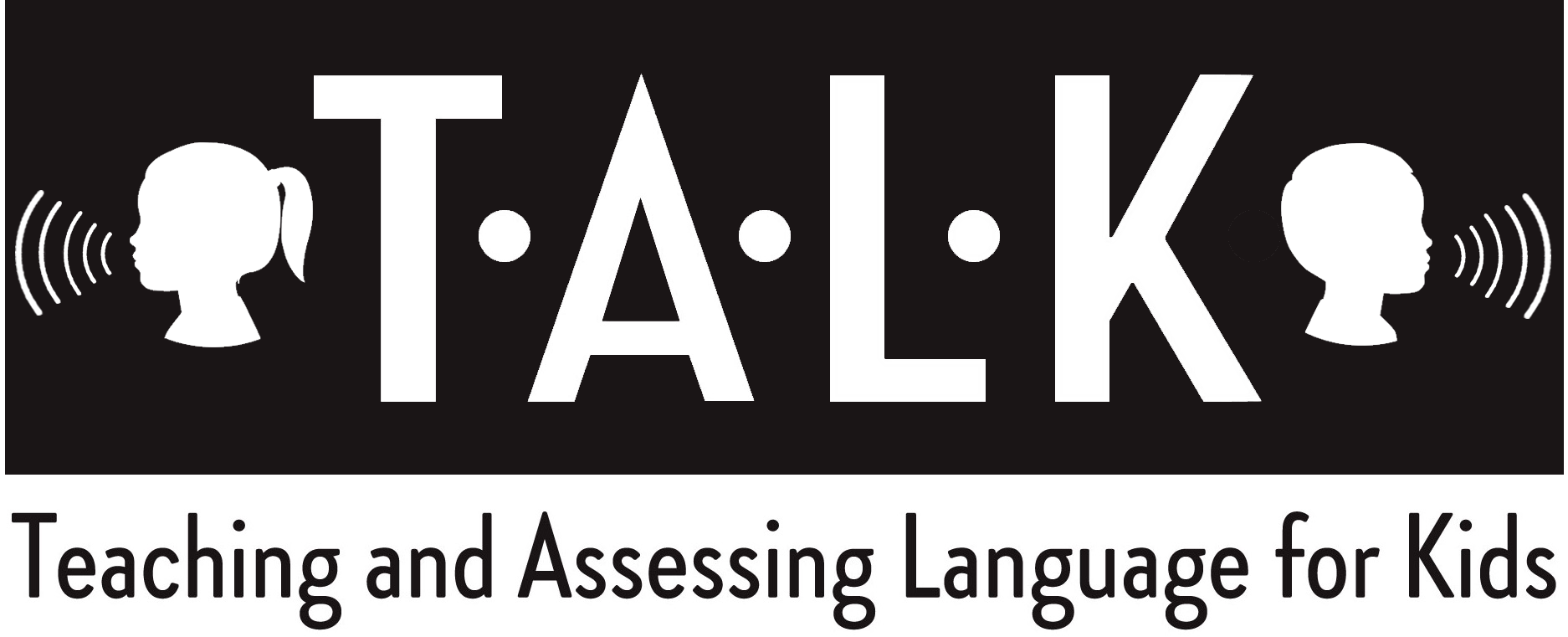The Ins and Outs of Play
Play is an integral part of children’s cognitive, language, social, and emotional development. It allows children to explore the word in safe and meaningful ways. Play is important. But how do you work on it?
Start by recognizing your child’s play level. In simplified terms, there are four main stages of play:
1. The first stage is exploration. Think of a baby who explores objects by looking at, touching, and mouthing them.
2. The second stage is dump and fill. Remember when Bobby thought putting all the balls in the basket and then dumping them out was the funniest thing?
3. The third stage is functional play. Functional play is when kids use objects for their intended purposes (e.g., rolling a toy car, building a block tower).
4. The fourth stage is pretend play.
Play stages usually overlap with each other. Your two-year-old may be doing a little dump a fill, a little functional, and a little early pretend play. But understanding where your child is in their play helps determine what they’re ready for.
Adults should model play that’s about one step above what children do when they play by themselves. This will make the play interesting and engaging enough for the kids without it going completely over their heads!
If you think your child is ready for pretend play, start modeling it from the simplest level.
· Beginning pretend play involves using one object for one function (e.g., pretending a doll is sleeping or using a banana to “call” someone).
· Pretend play then evolves into play sequences with one object (e.g., kissing the doll and then put her to sleep).
· Children then start adding more objects and more steps (e.g., having a mommy doll help brush the baby doll’s teeth, turn off the light, and go to sleep). Pretend play continues to develop on from here.
What pretend play should you model? Draw inspiration from your kid’s everyday life and routines. Set the scene (e.g., going to the beach, going to the doctors, or getting ready for bed) and see if they join in and start to add steps. Don’t forget the small steps like pretending to put on your seatbelt, turning the key (or pushing the button!) to start the car, or adjusting the water temperature so it’s not “too hot.” Add some unexpected problems like a flat tire or it starts to rain. You can also draw inspiration from your children’s favorite stories or shows.
Lastly, remember: play is supposed to be fun! If you and your child aren’t having fun, something needs to change. If you have any concerns or questions, please don’t hesitate to contact your child’s teacher or us.

